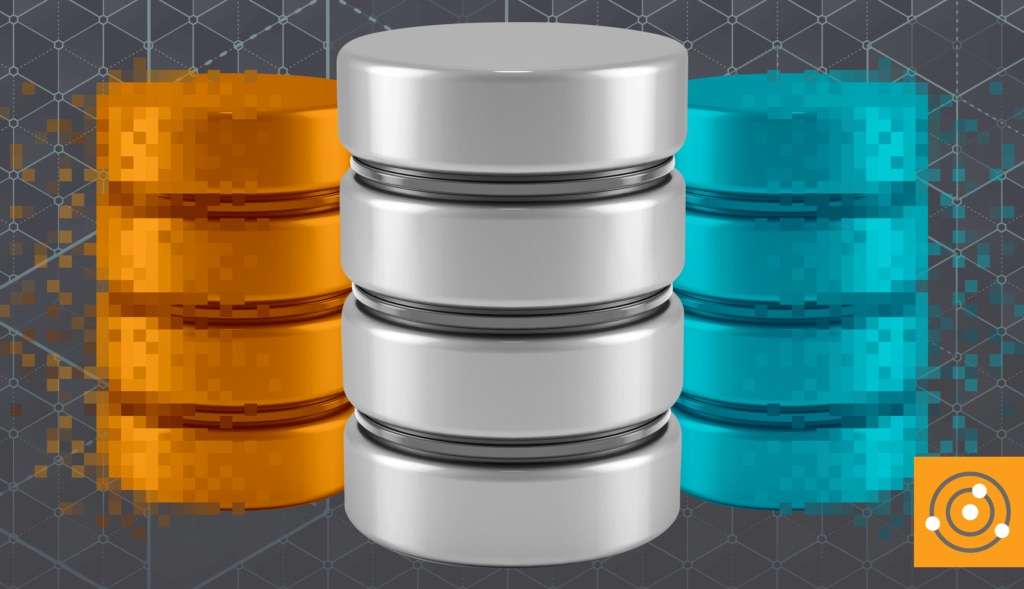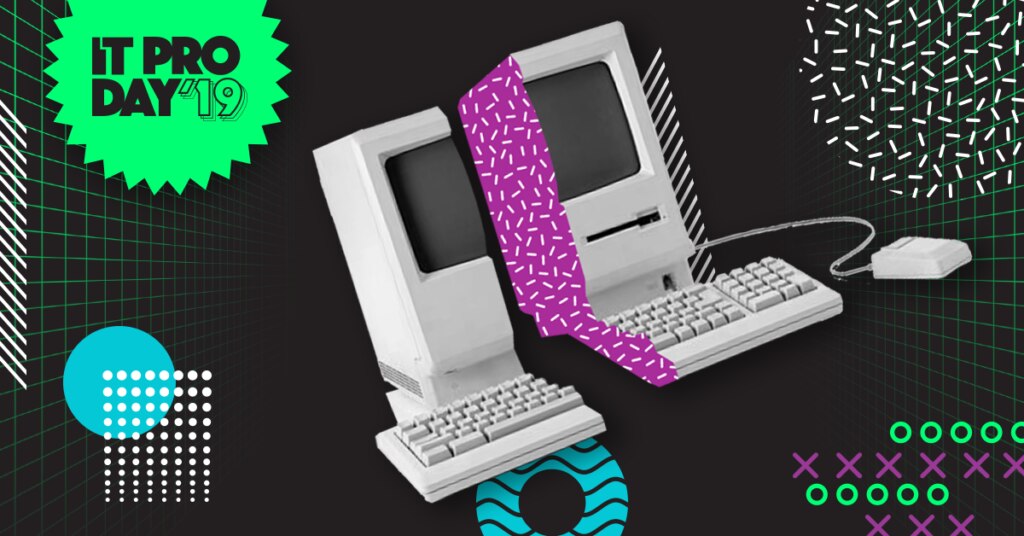Federal IT pros have historically had limited time and resources; this makes it crucial to find the source of
application slowdowns or outages as quickly as possible.
Database virtualization can help by allowing IT pros to separate the storage and application layers within the application stack more quickly, providing easier access to root-cause issues.
An estimated 70% of databases are virtualized. Yet, the benefits of virtualized databases come with additional challenges. Let’s look at the pros and cons of virtualized databases and how IT pros can use this information to their advantage as the numbers of virtual databases increase across agencies.
Pros: Cost, Scalability, Better Management
One of the primary advantages of database virtualization is cost savings—several different kinds of cost savings.
- Capital cost savings. Database virtualization helps agencies reduce costs by requiring far less hardware to achieve the same level of performance and availability.
- Operational cost savings. Once databases are virtualized, federal IT pros can significantly reduce the ongoing administration and management of manual, time-consuming processes by automating operations, resulting in lower operational expenses.
Scalability is another advantage. Agencies can scale database capacity, or add new servers, nearly on demand—quickly and easily. Enhanced management capabilities are often a strong “pro” for the federal IT team. Virtualization can help the federal IT pro quickly identify the cause of a slow application or an outage.
A final advantage is the speed of deployment—potentially from months to weeks.
Cons: Complexity and Potential Sprawl
While there are many positives to virtualization, there are negatives to consider. For example, database virtualization is complex. Don’t expect your database administrator to be fully versed in virtualization on day one.
Finally, database virtualization can exacerbate server sprawl. Virtual environments can be far quicker to implement than hardware-based solutions, making it easier to spin up whatever the team needs. The goal is to implement only those resources necessary to accomplish the task at hand.
All in all, database virtualization is growing. The “cons” of implementation will decrease over time as costs go down, expertise becomes more commonplace, and the novelty of easy implementation wears off.
Read the full GTI article here. 



